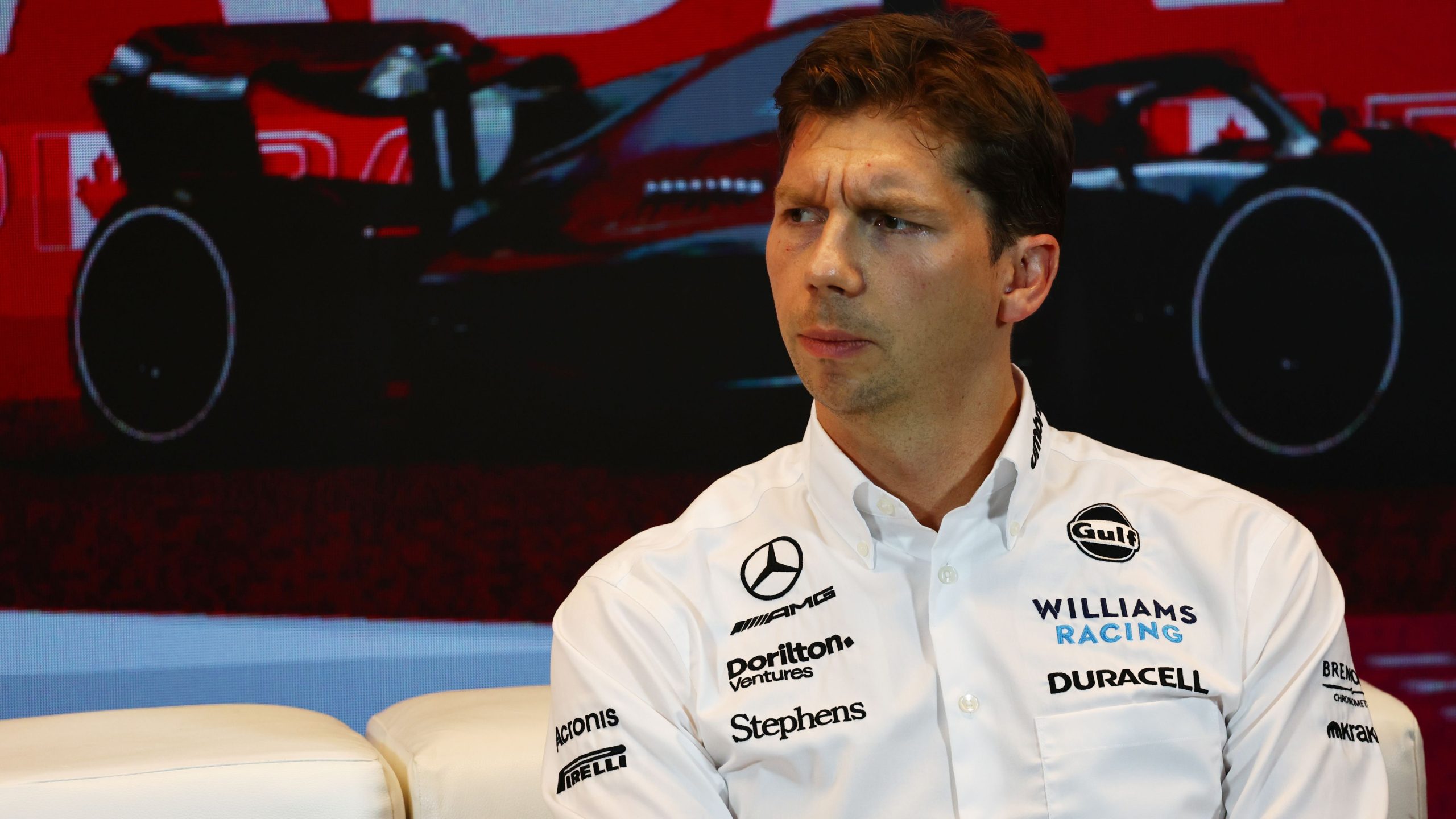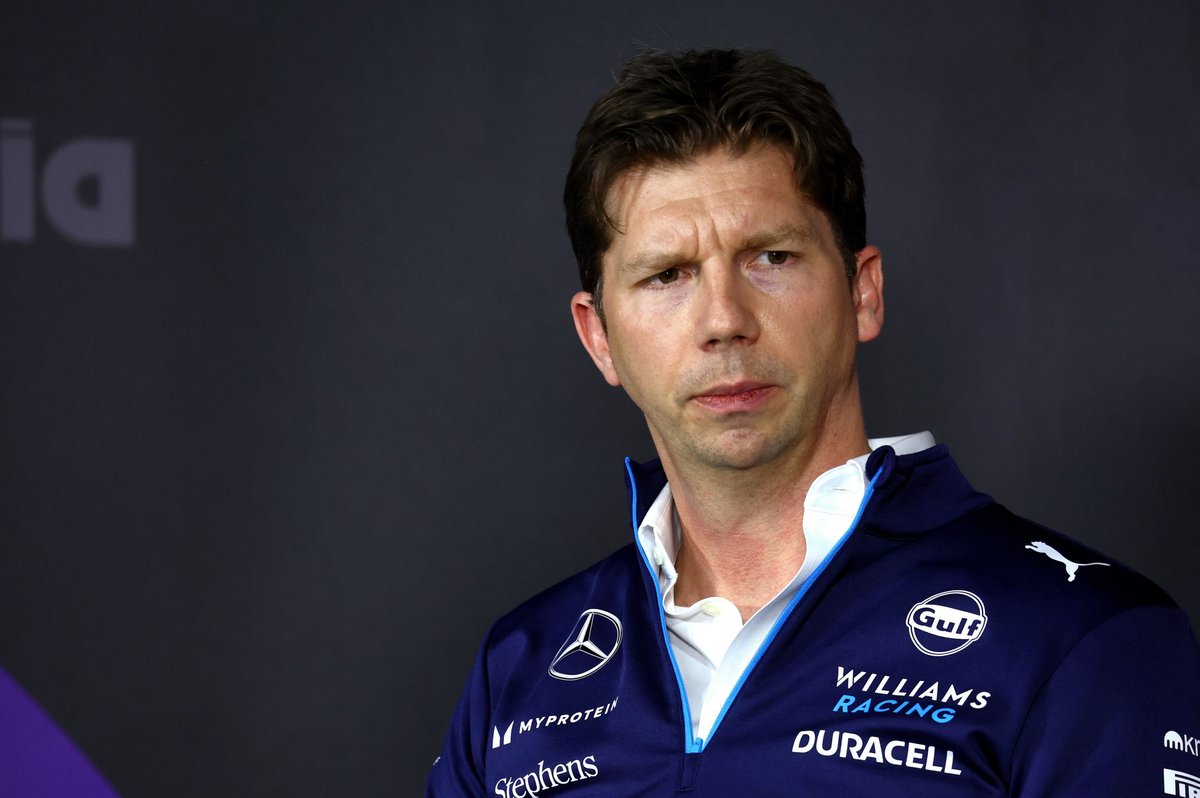Williams team principal James Vowles and chief technical officer Pat Fry are facing a monumental challenge: bringing the Williams team up to speed, both on and off the track. Last season marked some progress for the Grove outfit under Vowles’ leadership, clinching seventh place in the constructors’ championship.
However, the real test lies ahead with the development of this year’s car, the FW46, being the first under Vowles’ watch, and Fry joining the team later in the process, limiting his initial contribution. Fry’s priority upon arrival was understanding the team’s operations and identifying areas for improvement.
Reflecting on the past winter, Vowles describes it as a learning curve. He expresses concern over the late completion of the FW46 chassis, emphasizing the strain it placed on the organization. Despite the challenges, Vowles acknowledges the team’s effort in getting the car to the track, viewing it as a testament to their resilience.

The journey towards improvement began for Vowles during the previous season when he observed delays in updates to the FW45. This hinted at deeper issues within the organization’s processes, which became more apparent during the winter.
Transitioning from Mercedes, Vowles anticipated challenges at Williams but was met with a reality worse than expected. Years of underinvestment prior to Dorilton’s ownership left the team lacking crucial infrastructure and data management systems.
Vowles emphasizes the dedication of Williams’ staff but notes that they have been constrained by outdated methods. He stresses the need for systemic changes to streamline operations and alleviate the burden on employees.
One notable shift in approach for the FW46 was discontinuing reliance on makeshift solutions or repurposed parts from previous cars. Vowles opted to stress-test the system to identify weaknesses, ensuring a more structured approach going forward.
Implementing new systems is just one aspect of the transformation; getting staff onboard with changes presents its own challenges. Williams has historically had a significant number of long-serving employees resistant to change, but Vowles observes a shift in attitudes, albeit gradual.
Despite the discomfort that comes with cultural change, Vowles remains optimistic about the team’s trajectory. He sees himself and Fry as catalysts for positive transformation, aiming to empower employees and foster a culture of innovation.
The journey towards improvement is ongoing, requiring patience and perseverance. Vowles and Fry understand the importance of gradual cultural shifts and remain committed to steering Williams towards a brighter future.
